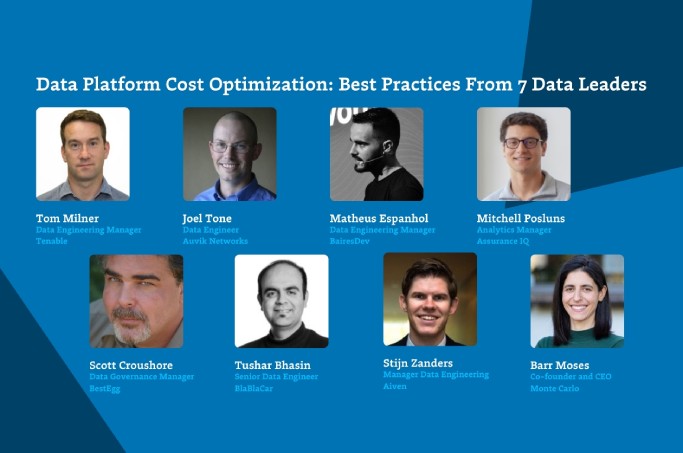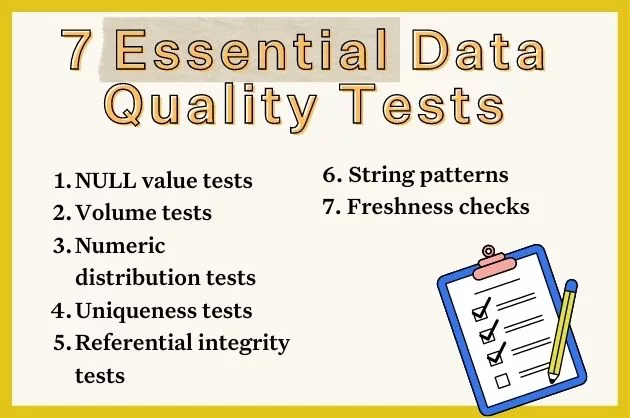Is Your Data a Mess? 3 Data Hygiene Best Practices to Clean It Up

I’ve never encountered a company with perfectly clean data.
This is the reality of modern business: we crave more data, and we want it immediately, often without a clear plan for how to organize it. Plus, practicing proper data hygiene is not that easy. There are always so many pipelines and databases that must be integrated in a consistent way.
This is where a data hygiene strategy comes into play.
Table of Contents
Understanding Data Hygiene
What is a data hygiene strategy? It is a comprehensive plan for maintaining your data’s accuracy, consistency, and usability over time through regular cleaning, standardization, and monitoring.
To get a better sense of what that means, here are some examples of issues caused by poor data hygiene:
- Duplicate records that lead to inflated customer counts and inefficient marketing efforts, costing you both time and money.
- Missing or partial data that results in incomplete analysis, leading to flawed business decisions and missed opportunities.
- Varying data formats and standards across the organization that cause integration issues and hinder your data analysis.
Clearly, conducting proper data hygiene practices is important for effective data management and analytics.
Best Practices and Tools for Data Hygiene
To effectively maintain data hygiene and avoid the risks associated with poor data management, it’s essential to adopt best practices and leverage the right tools. Here are some examples of data hygiene best practices to help you keep your data clean and reliable:
Regular data audits
The importance of routine checks and cleaning up your data cannot be overstated. Luckily, various tools are available. For example, Tableau Prep can help identify issues early through data audits, while using DISTINCT in a SELECT statement in SQL can assist in removing duplicate entries to enhance data accuracy.
Standardize data formats
Establishing and adhering to data standards and formats is also critical. This includes implementing data entry standards and consistent naming conventions across your organization. Tools like Apache Airflow, an open-source platform, can help you manage and standardize these data workflows.
Automate data quality checks
Ensuring data accuracy through validation checks is another vital practice. You can achieve this through automated validation tools like Great Expectations, which allows you to create and manage data quality checks. For more complex scenarios, manual verification processes may still be necessary to complement automated solutions.
For an all-in-one solution for data checking part of data hygiene, a data observability platform is the best choice. For example, Monte Carlo offers comprehensive automated solutions for checking every aspect of your data quality, from accuracy to timeliness. This lets your team easily pinpoint the root cause and then resolve the issue right away.
Measuring the Impact of Good Data Hygiene
But how can we tell that these tools are actually working?
Some common KPIs you can use to measure your data quality include data accuracy rates, completeness scores, and timeliness metrics:
Data Accuracy Rates
- What it is: The percentage of correct data entries.
- Why it matters: Accurate data reflects real-world scenarios and leads to better insights.
- Example: If 95 out of 100 entries are correct, your accuracy rate is 95%.
Completeness Scores
- What it is: The percentage of data entries with all required fields filled in.
- Why it matters: Complete data ensures you have all the information you need.
- Example: If 80 out of 100 entries are complete, your completeness score is 80%.
Timeliness Metrics
- What it is: The measure of how up-to-date your data is.
- Why it matters: Timely data ensures you’re making decisions based on the most current information.
- Example: If 90 out of 100 reports are on time, your timeliness metric is 90%.
With a data observability platform, you can track and improve these KPIs through real-time monitoring and alerts for data quality issues.
Data Hygiene in Action: The Mindbody Success Story

A prime example of the impact of good data hygiene from using a data observability platform is illustrated in the case of Mindbody. With the help of Monte Carlo, the Mindbody data team was able to:
- Monitor all of the high-priority tables in their database.
- Detect and alert for anomalies related to schema changes, data freshness, and data volume.
- Ensure that the data shared with customers is always accurate and reliable.
This case study highlights how effective data hygiene practices, supported by the right tools, can significantly enhance your data trust and reliability.
Moving Past Data Hygiene with Data Observability
Although manual data checks are important, they can be tedious and time-consuming. Even integrating automated tools can be challenging due to the variety needed throughout your pipelines and databases.
Data observability takes your data hygiene to the next level by easily integrating these processes. Monte Carlo helps organizations like yours maintain data hygiene through features like automated data discovery, anomaly detection, and lineage tracking.
These advanced capabilities not only save you time but also provide a more comprehensive and proactive approach to your data quality management. To explore how data observability can transform your data hygiene practices, read our customer success stories or enter your email below to schedule a demo.
Our promise: we will show you the product.
Frequently Asked Questions
What is an example of data hygiene?
An example of data hygiene is conducting regular data audits to identify and remove duplicate records, standardizing data formats and naming conventions, and automating data quality checks.
Why is it important to conduct data hygiene practices?
It is important to conduct data hygiene practices to ensure data accuracy, consistency, and usability. Proper data hygiene prevents issues such as duplicate records, missing or partial data, and varying data formats, which can lead to inefficient marketing efforts, incomplete analysis, and flawed business decisions.
What is a data hygiene strategy?
A data hygiene strategy is a comprehensive plan for maintaining data accuracy, consistency, and usability over time. It involves regular cleaning, standardization, and monitoring of data to ensure its quality and reliability for effective data management and analytics.
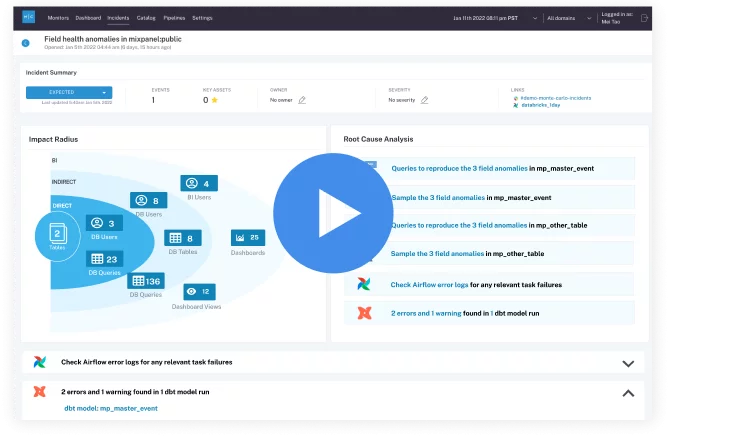 Product demo.
Product demo.  3 Steps to AI-Ready Data
3 Steps to AI-Ready Data 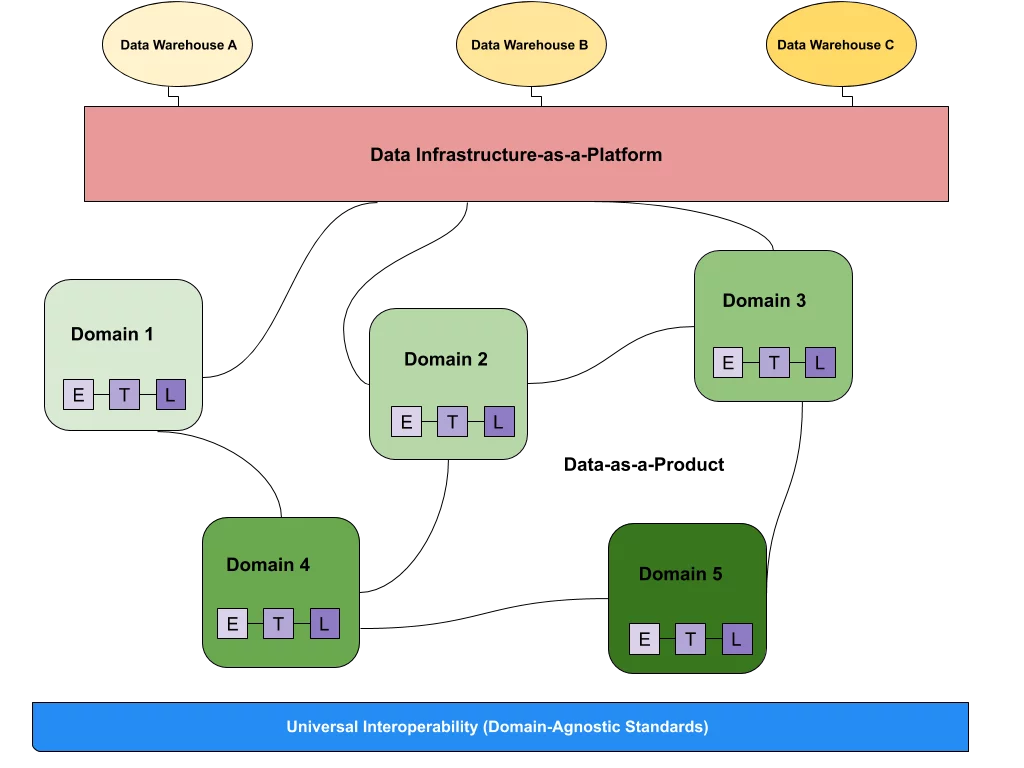 What is a data mesh--and how not to mesh it up
What is a data mesh--and how not to mesh it up 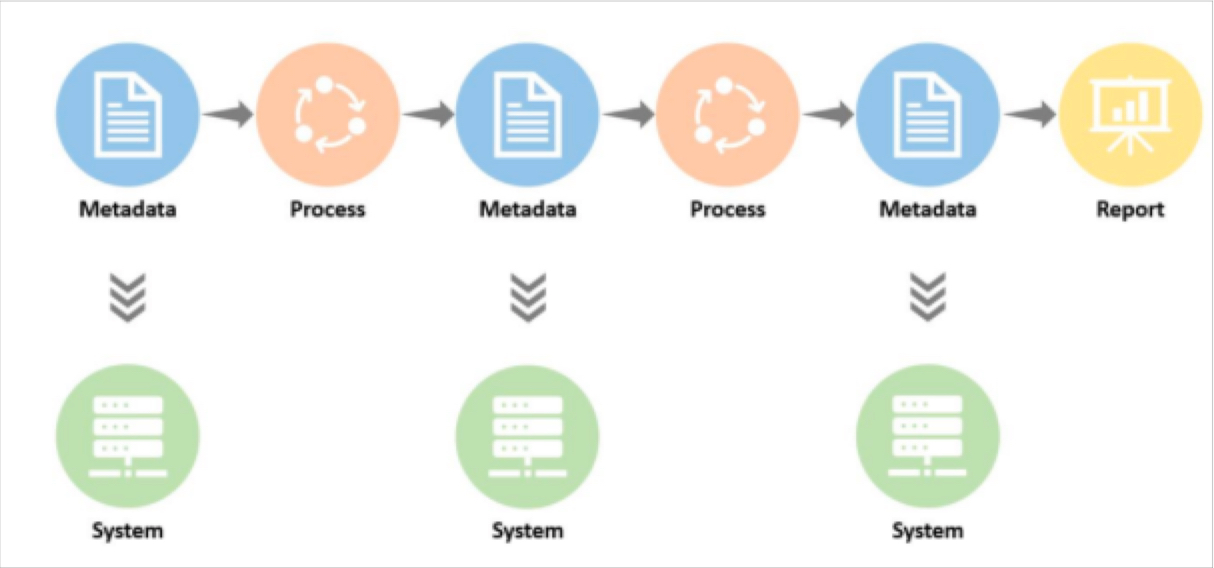 The ULTIMATE Guide To Data Lineage
The ULTIMATE Guide To Data Lineage 


